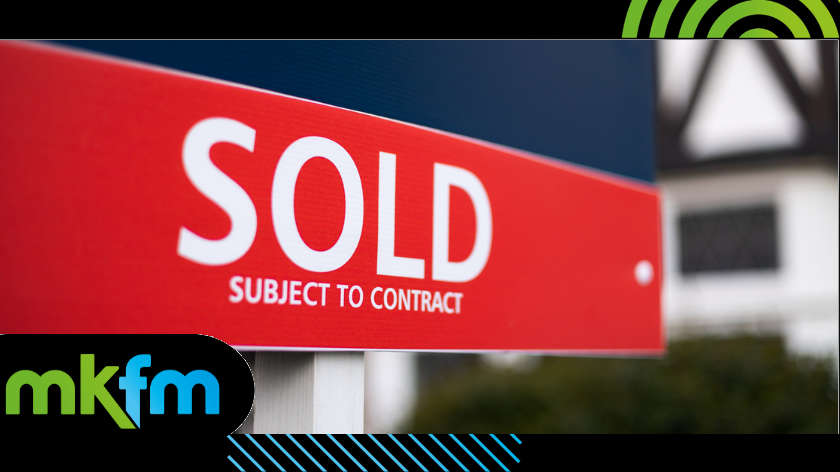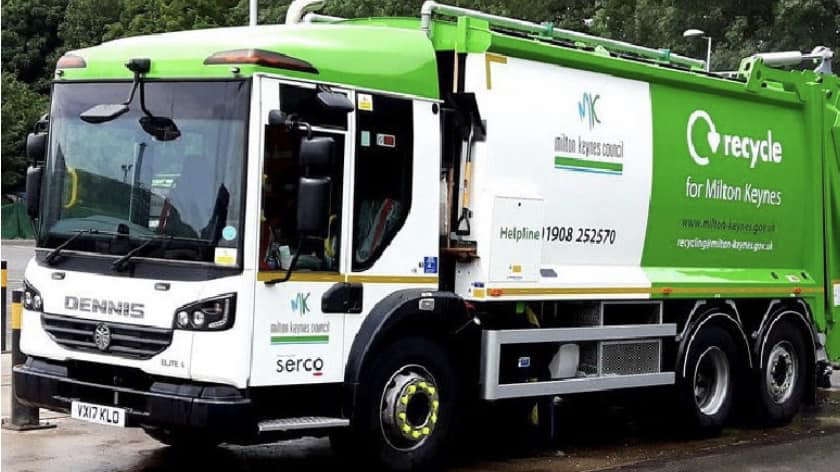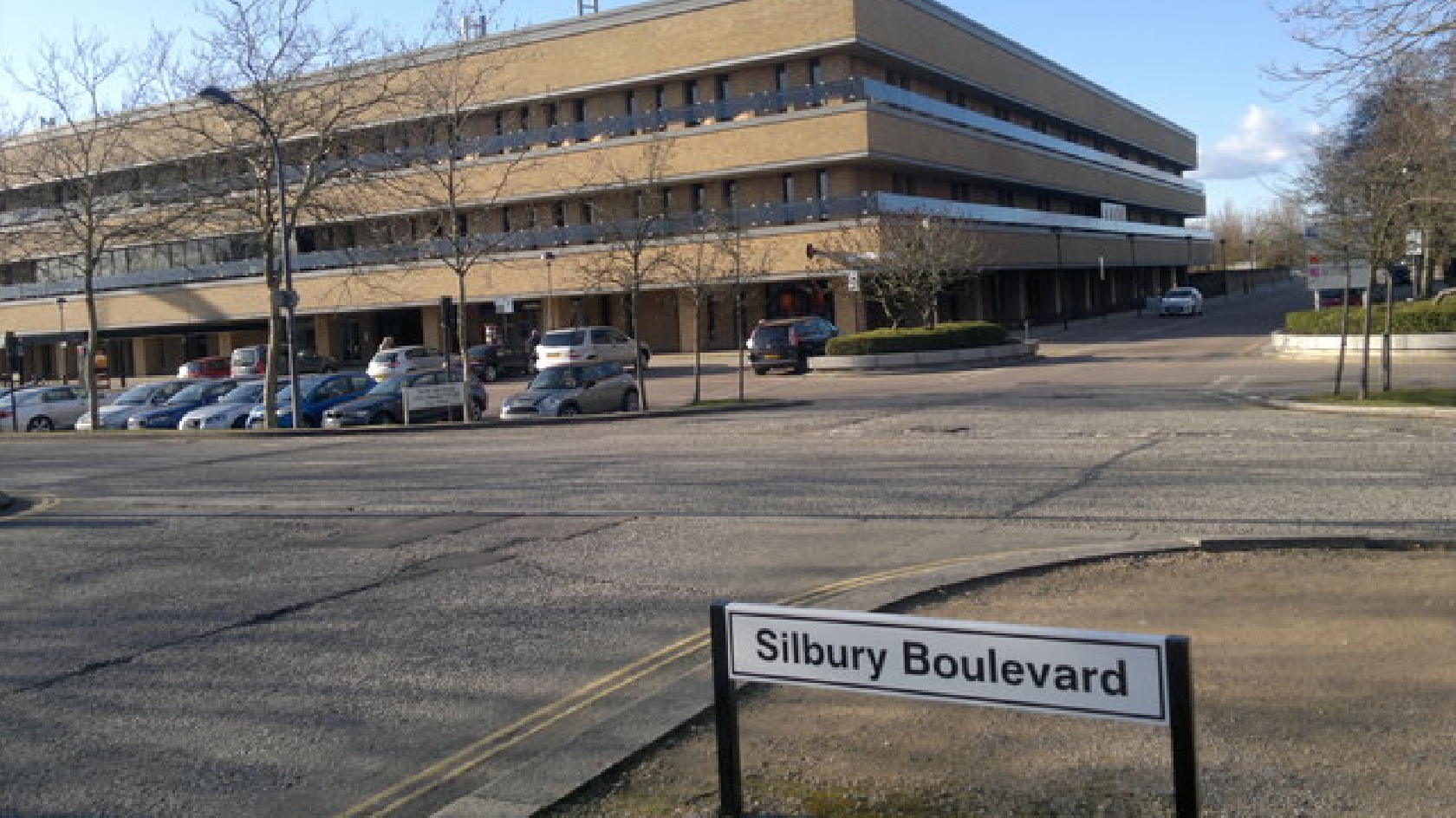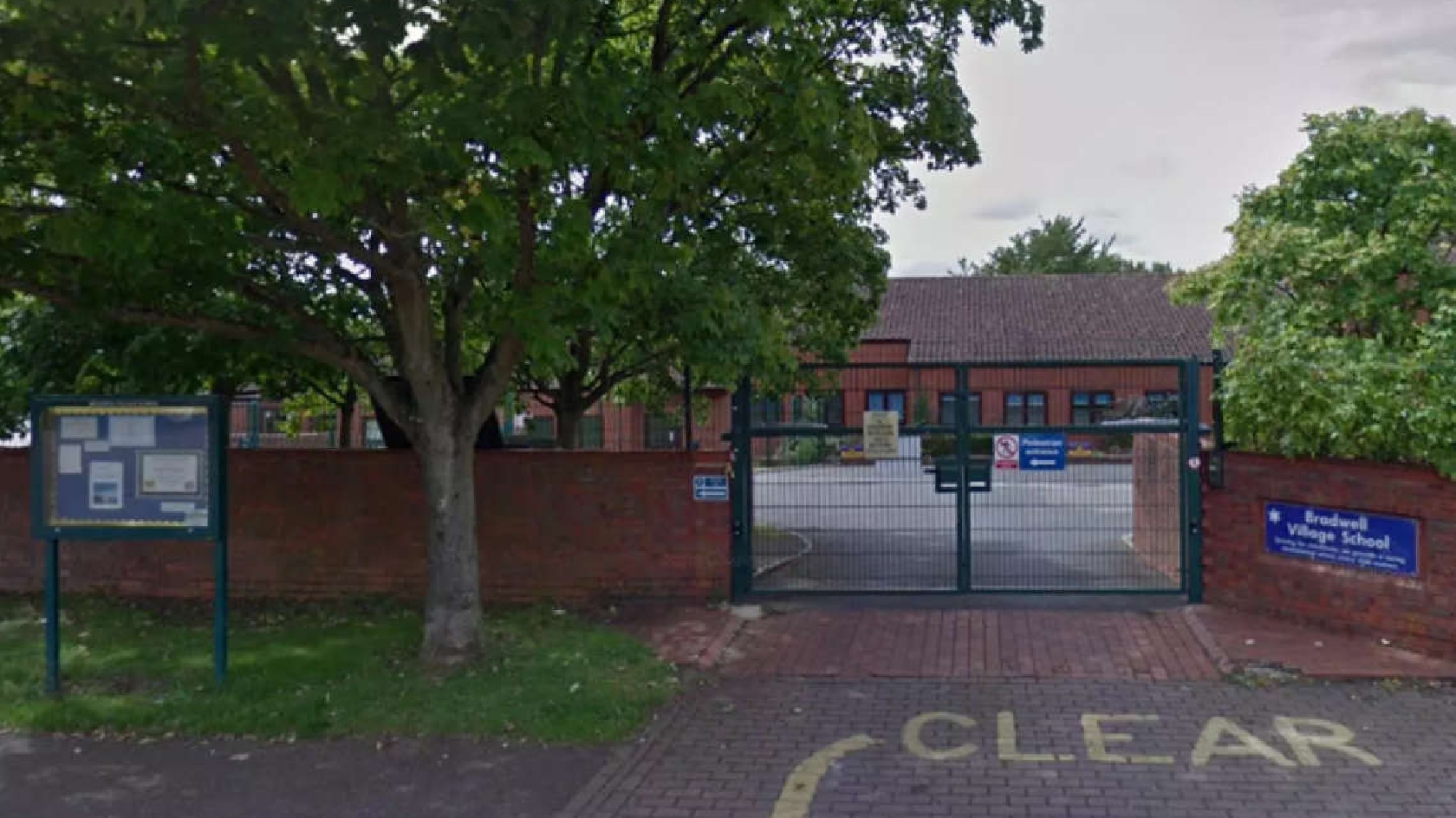
Whether you are a first-time buyer or have bought a property in the past, Woodfines' step-by-step guide is here to assist you along the way to your property purchase.
The entire process can be a little daunting but this article attempts to provide clarity.
The nature of your transaction will be slightly different depending on whether the property is freehold or leasehold.
Freehold – This is a property owned outright. The owner will be responsible for all maintenance and will have more freedom, i.e. ability to undertake alterations to the property, subject to any requirement for planning or building consent.
Leasehold – This is a property owned for a fixed period of time by way of a lease and generally takes the form of a flat or apartment. The lease will outline terms and conditions to be complied with. The landlord ultimately owns the Freehold of the building and may appoint a management company or managing agent to oversee management of the property. A leasehold property can also be subject to certain restrictions for internal alterations and you will be liable for additional costs, such as service charges and ground rent.
Stage 1 – Initial steps to instruction
- Confirming your interest to purchase the property
If you view the property through an estate agent you will need to make a formal offer to purchase. This may involve you needing to produce evidence of funds or a mortgage in principle. Once your offer has been accepted, you will be asked to provide details of your chosen solicitor. The agent will then contact your solicitor with a Memorandum of Sale. This is a document which confirms the details of the property and all parties involved in your purchase.
- Instructing a Solicitor
Once you have accepted the solicitor’s quote, you will need to comply with their compliance checks, such as provide ID and source of funds. You will then be provided with client care documents.
Stage 2 – Searches and reporting
- Relevant property searches will be ordered such as Local Authority, environmental and water and drainage. These are referred to as disbursements and are separate from the legal fees quoted by your solicitor.
Following a review of the search results, your solicitor will provide you with a search report to highlight information revealed to include matters concerning contamination, road adoption, drainage and planning issues.
Stage 3 – Enquires and Replies to enquires.
- Protocol Forms* and search results will be reviewed to raise enquires to the seller’s solicitor. The seller’s solicitor will then provide their replies to these enquires. This is a key stage, going back and forth to reach an understanding and agreement to the matters concerning the property and as a means of highlighting any risk factors.
*Protocol forms (known as the TA6 Property Information Form and TA10 Fittings and Contents Form) are completed by the seller. They state matters affecting the property and items that are included as part of the purchase. If you are purchasing a Leasehold property a TA7 Leasehold Information form will also be provided.
Stage 4 – Preparation for exchange and completion
- Document signing
You will be asked to sign documents in advance of the exchange date in readiness. These are as follows:
Contract – This is the formal agreement detailing key terms of your purchase.
Transfer – This is the formal deed to transfer and register the property with the Land Registry.
SDLT 1 – This is a document to confirm the amount of Stamp Duty Land Tax (SDLT) payable and your consent for your solicitor to submit the SDLT payment on your behalf.
Mortgage Deed – This is applicable if your purchase is with the assistance of a mortgage. This is a deed to confirm you agree to the terms of that mortgage.
- Preparing the financial position
A completion statement will be provided outlining the anticipated incoming and outgoing costs. If you require a mortgage, funds from your lender will be requested in readiness. Often the lender should be informed of completion at least 5 working days in advance. Your lender will transfer the purchase monies to your solicitor’s client account. Any balance purchase monies should also be transferred to your solicitor’s client account.
Stage 5 – Exchange and completion
- Exchange of contracts
Your solicitor and the seller’s solicitor will formally exchange contracts. This means both you and the seller agree to terms of the contract and to complete the transaction on the date stated in the contract. For a freehold property you will be responsible to pay buildings insurance from the date of exchange. For a leasehold property the landlord may take care of this and recover the cost through the service charge.
Contracts can be exchanged on a separate day to the completion date or both exchange of contracts and completion can be agreed simultaneously on the same day. Usually, a 10% deposit will be payable by you on exchange. This is to be transferred to your solicitor and will either be held in the client account until completion or transferred to the seller’s solicitor. There are consequences for failing to complete once contracts have been exchanged, which your solicitor will explain to you.
- Completion
Your solicitor and the seller’s solicitor will date the Transfer Deed to confirm completion, upon confirmation of receipt of purchase monies from the seller’s solicitor. If you exchange contracts and complete simultaneously, insurance for a Freehold property will be payable on the date of completion.
Stage 6 – Post completion formalities.
Please be aware that some Leasehold properties will have additional requirements. These will vary depending on your landlord or management company’s requirements and can include Notices of Assignment and Transfer.
- Stamp duty Land Tax (SDLT)
As a first-time buyer in England you will have the benefit of stamp duty relief, which means you will only pay stamp duty if your purchase price exceeds a certain amount. Currently stamp duty is not payable for a property priced at £425,000 and below. Any difference between £425,000 to £625,000 will be subject to 5%. If the purchase price is more than £625,000 the relief will not be available and the standard rates will apply. Please note SDLT reliefs and rates may be subject to change.
Stamp duty is payable within 14 days of completion and this will be submitted on your behalf by your solicitor.
- Land Registry registration
Your solicitor will be responsible for applying to the Land Registry to register you as the new owner. The Land Registry can take several months for straight forward purchases to update the title registers and considerably longer if there are any complexities to address. Your solicitor will forward the completed register to you upon receipt.
If you would like a quote please follow the link Home Sale and Property Purchase (woodfines.co.uk) or contact our Property team.
If you would like more guidance on SDLT you can follow: Stamp Duty Land Tax relief for land or property transactions – GOV.UK (www.gov.uk)















